iPad Pro 'enhanced' PCization: further transformation
iPad Pro has not had a "dazzling" update for a long time: the appearance design has not changed much since the 2018 model, except for a few more lenses; the core specifications are still making steady progress, with a more powerful processor and a better screen; After the scheduling, iPadOS did not bring more major updates.
Reflected in daily use, the status of iPad Pro in users’ lives and work has not changed. Jason Snell, an Apple product enthusiast and editor-in-chief of Six Colors, recently announced in an article that he had "given up the dream of traveling with just an iPad" and returned to completing a lot of work on his MacBook.
The iPad Pro is still the best and most powerful tablet on the planet, but it definitely needs a new round of change, maybe even a revolution.
Bloomberg reporter Mark Gurman mentioned in the latest report that Apple is making major changes to the iPad Pro product line for the first time in five years. One is around the screen, and the other is around Magic. Keyboard. As for the most critical software part, although it is not mentioned, I believe it should be the meaning of the title.
Gurman also got some details. For example, next year Apple will release a 13-inch iPad Pro with a slightly larger screen, using OLED instead of Mini-LED. In addition, the new Magic Keyboard will make "iPad Pro look more like a laptop" and also increase the trackpad area.
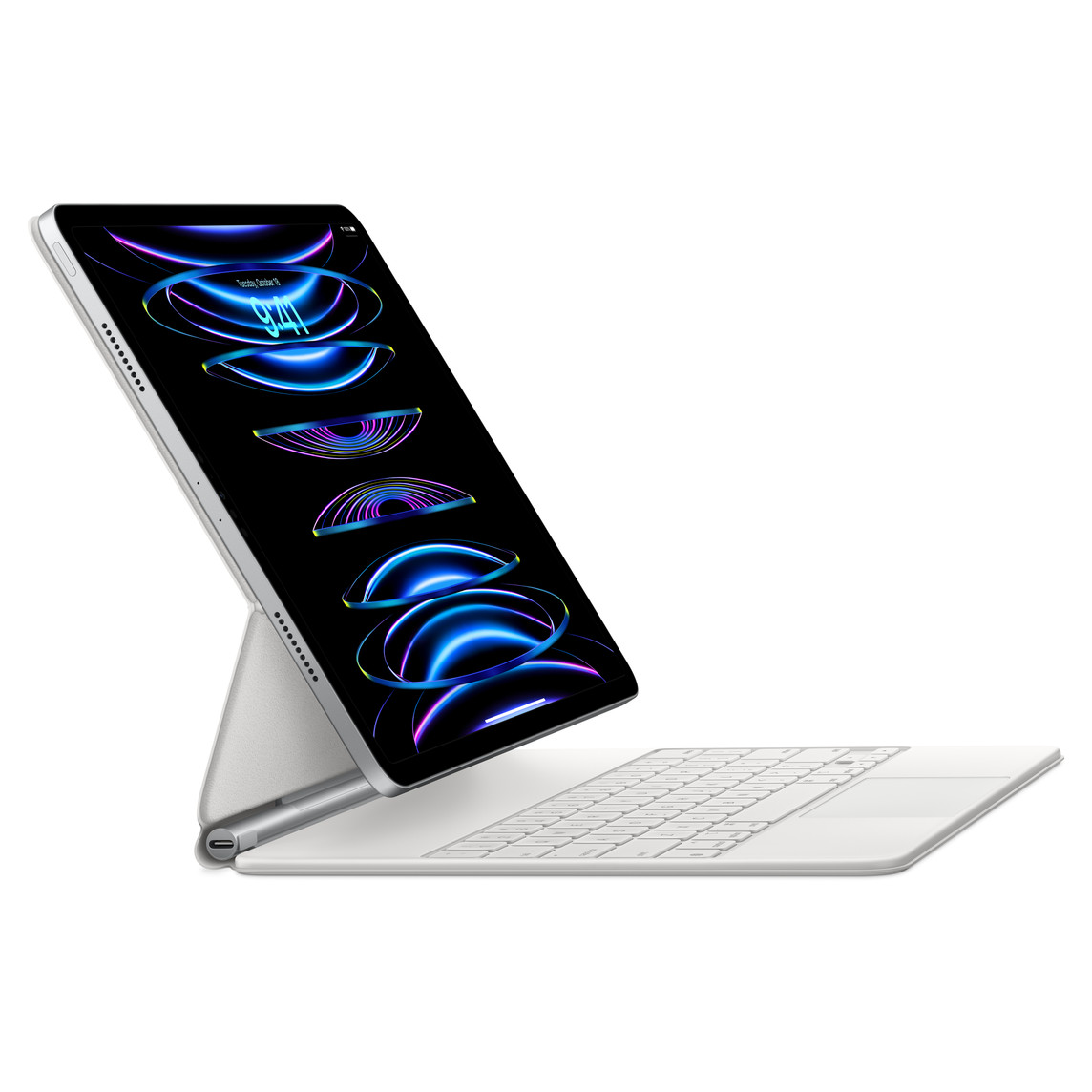
The current iPad Pro Magic Keyboard, picture/Apple
screen It is not surprising. There have been multiple news channels earlier that the screen of iPad Pro will change from Mini-LED to OLED, and the large-size version will be slightly enlarged to 13 inches, and the screen will make the iPad Pro look more like a laptop. Magic Keyboard may be the focus of Apple's major overhaul of its product line. More likely, it is also a new starting point for tablet computers.
More like a laptop, the only way for the iPad
There is no doubt that the tablet computer is the Smartphones and laptops offer a new device, but the problem with tablets is here too.
Smartphones and laptops have covered most people’s needs in life, entertainment, work, etc. Therefore, tablets also seem a bit “tasteless”. When watching In addition to videos, many people are confused about the positioning and use of tablets, complaining about them as "iQiyi/Bilibili/Netflix player".
But in the final analysis, the initial and ultimate goal of tablet computers is to replace most laptops, just like minicomputers replaced most mainframes in the PC era. Based on the user experience, most of the needs and tasks carried by the latter are realized, thereby realizing the transition of the PC generation.
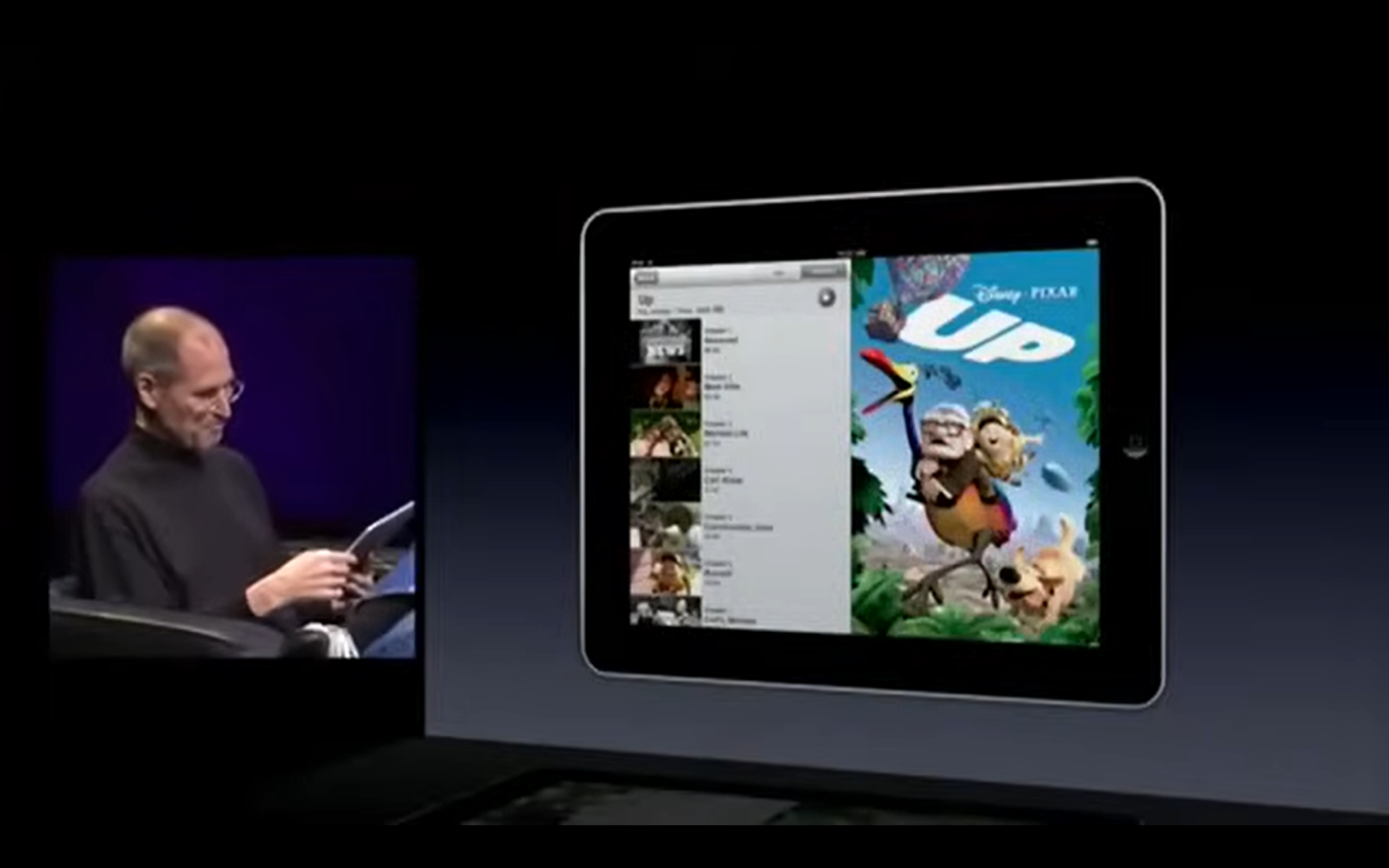
2010 iPad conference, photo/Apple
Still remember the history When Steve Jobs released the first-generation iPad, he said that the iPad was a "computing device for the post-PC era." Apple later had a very famous slogan - "Why should your next computer be a computer?" In fact, this continues layer meaning.
However, how to allow most laptop users to migrate their usage scenarios to tablets has always been an unsolved problem. Apple’s thinking in the past few years has been “ Get closer to the PC". At the 2018 WWDC conference, Apple Senior Vice President of Software Engineering Craig Federighi told Apple developers that iOS and macOS would not merge.
As a result, at WWDC a year later, Craig announced iPadOS, which is independent from iOS.
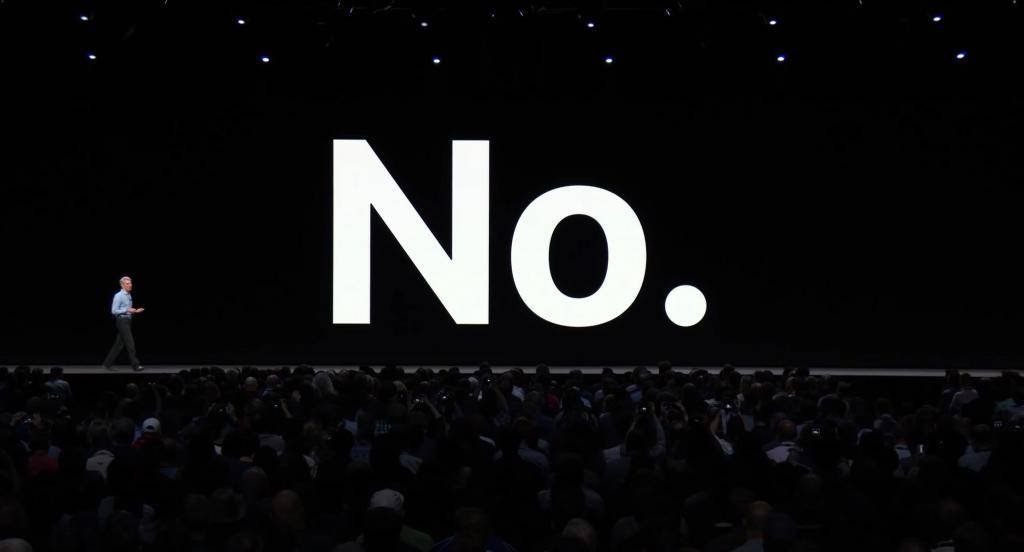
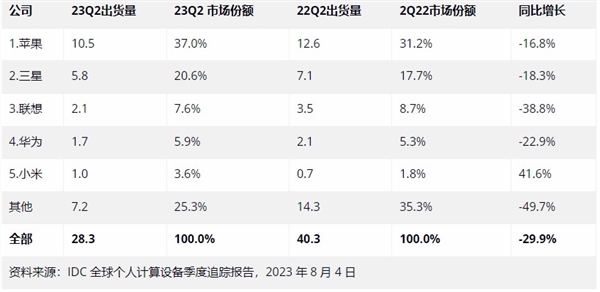
Global tablet market, picture/IDC
The report shows that among the top five tablet computer manufacturers in the world, except Xiaomi, all experienced double-digit declines. Apple held 37% of the global market share, shipping more than 10.5 million units, but it also fell 16.8% year-on-year, or 2.1 million units less. In fact, Xiaomi's growth is largely due to the low base in the same period last year. The only products on sale are the newly updated Xiaomi Mi Pad 5 series.
But the important thing is not the decline in one quarter. Looking over time, we will find that the peak of tablet computers has ended after 2013 and 2014. Even against the backdrop of a surge in demand caused by the global epidemic, tablet shipments in a single quarter have always remained at 4,000. Around 10,000 units, there has been no breakthrough.
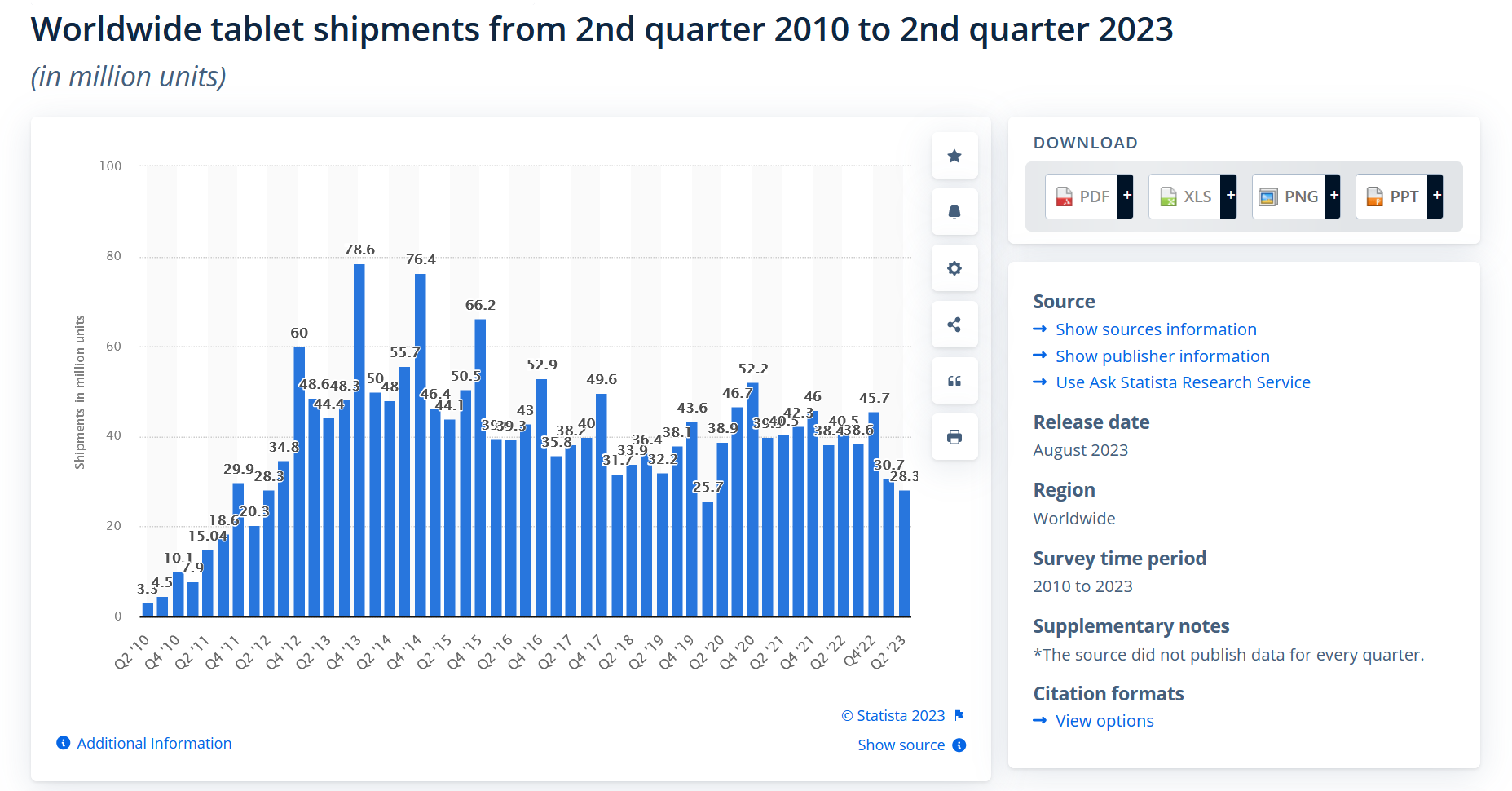
The above is the detailed content of iPad Pro 'enhanced' PCization: further transformation. For more information, please follow other related articles on the PHP Chinese website!

Hot AI Tools

Undresser.AI Undress
AI-powered app for creating realistic nude photos

AI Clothes Remover
Online AI tool for removing clothes from photos.

Undress AI Tool
Undress images for free

Clothoff.io
AI clothes remover

Video Face Swap
Swap faces in any video effortlessly with our completely free AI face swap tool!

Hot Article

Hot Tools

Notepad++7.3.1
Easy-to-use and free code editor

SublimeText3 Chinese version
Chinese version, very easy to use

Zend Studio 13.0.1
Powerful PHP integrated development environment

Dreamweaver CS6
Visual web development tools

SublimeText3 Mac version
God-level code editing software (SublimeText3)

Hot Topics
 1387
1387
 52
52
 deepseek ios version download and installation tutorial
Feb 19, 2025 pm 04:00 PM
deepseek ios version download and installation tutorial
Feb 19, 2025 pm 04:00 PM
DeepSeek Smart AI Tool Download and Installation Guide (Apple Users) DeepSeek is a powerful AI tool. This article will guide Apple users how to download and install it. 1. Download and install steps: Open the AppStore app store and enter "DeepSeek" in the search bar. Carefully check the application name and developer information to ensure the correct version is downloaded. Click the "Get" button on the application details page. The first download may require AppleID password verification. After the download is completed, you can open it directly. 2. Registration process: Find the login/registration portal in the DeepSeek application. It is recommended to register with a mobile phone number. Enter your mobile phone number and receive the verification code. Check the user agreement,
 Why can't the Bybit exchange link be directly downloaded and installed?
Feb 21, 2025 pm 10:57 PM
Why can't the Bybit exchange link be directly downloaded and installed?
Feb 21, 2025 pm 10:57 PM
Why can’t the Bybit exchange link be directly downloaded and installed? Bybit is a cryptocurrency exchange that provides trading services to users. The exchange's mobile apps cannot be downloaded directly through AppStore or GooglePlay for the following reasons: 1. App Store policy restricts Apple and Google from having strict requirements on the types of applications allowed in the app store. Cryptocurrency exchange applications often do not meet these requirements because they involve financial services and require specific regulations and security standards. 2. Laws and regulations Compliance In many countries, activities related to cryptocurrency transactions are regulated or restricted. To comply with these regulations, Bybit Application can only be used through official websites or other authorized channels
 Sesame Open Door Trading Platform Download Mobile Version Gateio Trading Platform Download Address
Feb 28, 2025 am 10:51 AM
Sesame Open Door Trading Platform Download Mobile Version Gateio Trading Platform Download Address
Feb 28, 2025 am 10:51 AM
It is crucial to choose a formal channel to download the app and ensure the safety of your account.
 gate.io sesame door download Chinese tutorial
Feb 28, 2025 am 10:54 AM
gate.io sesame door download Chinese tutorial
Feb 28, 2025 am 10:54 AM
This article will guide you in detail how to access the official website of Gate.io, switch Chinese language, register or log in to your account, as well as optional mobile app download and use procedures, helping you easily get started with the Gate.io exchange. For more tutorials on using Gate.io in Chinese, please continue reading.
 Sesame Open Door Exchange App Official Download Sesame Open Door Exchange Official Download
Mar 04, 2025 pm 11:54 PM
Sesame Open Door Exchange App Official Download Sesame Open Door Exchange Official Download
Mar 04, 2025 pm 11:54 PM
The official download steps of the Sesame Open Exchange app cover the Android and iOS system download process, as well as common problems solutions, helping you download safely and quickly and enable convenient transactions of cryptocurrencies.
 Is there any mobile app that can convert XML into PDF?
Apr 02, 2025 pm 08:54 PM
Is there any mobile app that can convert XML into PDF?
Apr 02, 2025 pm 08:54 PM
An application that converts XML directly to PDF cannot be found because they are two fundamentally different formats. XML is used to store data, while PDF is used to display documents. To complete the transformation, you can use programming languages and libraries such as Python and ReportLab to parse XML data and generate PDF documents.
 How to download gate exchange Apple mobile phone Gate.io Apple mobile phone download guide
Mar 04, 2025 pm 09:51 PM
How to download gate exchange Apple mobile phone Gate.io Apple mobile phone download guide
Mar 04, 2025 pm 09:51 PM
Gate.io Apple mobile phone download guide: 1. Visit the official Gate.io website; 2. Click "Use Apps"; 3. Select "App"; 4. Download the App Store; 5. Install and allow permissions; 6. Register or log in; 7. Complete KYC verification; 8. Deposit; 9. Transaction of cryptocurrency; 10. Withdrawal.
 Compilation and installation of Redis on Apple M1 chip Mac failed. How to troubleshoot PHP7.3 compilation errors?
Mar 31, 2025 pm 11:39 PM
Compilation and installation of Redis on Apple M1 chip Mac failed. How to troubleshoot PHP7.3 compilation errors?
Mar 31, 2025 pm 11:39 PM
Problems and solutions encountered when compiling and installing Redis on Apple M1 chip Mac, many users may...




